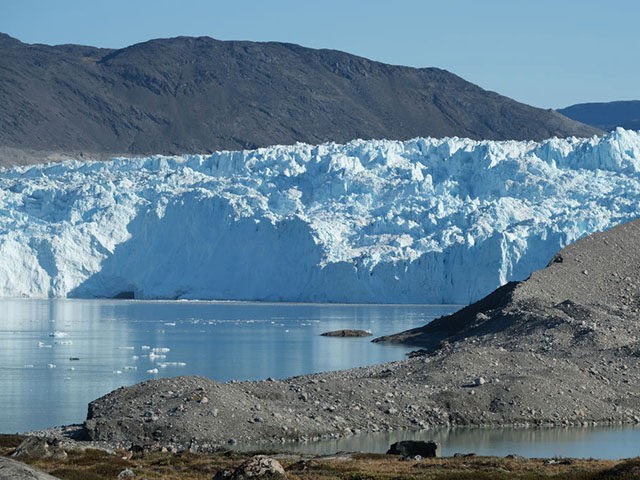Climate alarmists continue to seek new vocabulary to express the apocalyptic urgency of their cause, with Time magazine now declaring that the Arctic is nearing a “point of no return,” thanks to global warming.
The latest omens of earth’s demise have taken the form of “extreme weather events” experienced over the past two months in the globe’s far northern regions.
“Plumes of smoke have been picked up by satellites from wildfires across Alaska and Siberia and Greenland has experienced rapid ice loss as usually frigid regions have experienced heatwaves and record temperatures,” Time‘s Jasmine Aguilera laments.
Aguilera takes for granted that these extreme weather events are “caused by climate change,” since Time readers apparently believe that there were no floods, forest fires, hurricanes, droughts, tornadoes, tidal waves, or monsoons prior to the Industrial Revolution.
Not only is anthropogenic climate change to blame for all our weather woes, Aguilera notes, but once it warms, the Arctic can never cool again (despite the fact that the earth has already experienced five or six major ice ages in the past with no help from fossil fuels).
“The basic chemistry and the basic physics of how the atmosphere absorbs heat — there’s no path where you can imagine that the Arctic is going to start to cool off again,” said Brian Brettschneider, a climatologist at the International Arctic Research Center at the University of Alaska Fairbanks.
“Cold air has to come from somewhere, cold air doesn’t just magically appear, and that somewhere has to be accounted for in the entire energy balance of the Earth. Right now, the whole Earth has just warmed up,” Brettschneider said. “It would take a dramatic reversal of the chemical composition of the atmosphere.”
Brettschneider is not the only one to suggest that the Arctic may soon be unsalvageable. Meteorologist Eric Holthaus agrees that the Arctic is nearing a point of no return, Aguilera writes, “as the global temperature increases closer to 1.5 degrees Celsius above preindustrial era levels.”
“We haven’t crossed any major irreversible tipping points yet, but for each tenth of a degree that we get closer to 1.5 [degrees Celsius], it’s sort of like time’s running out,” Holthaus said. “We’re already there in some places where the ice just doesn’t exist in the times and places that it used to. That’s a permanent change effectively to those parts of the Arctic.”
“What’s special about the Arctic is that there really is an on and off switch,” Holthaus said. “Once the ice is gone, it really changes things dramatically, and that’s the process that we’re starting to see play out.”

COMMENTS
Please let us know if you're having issues with commenting.